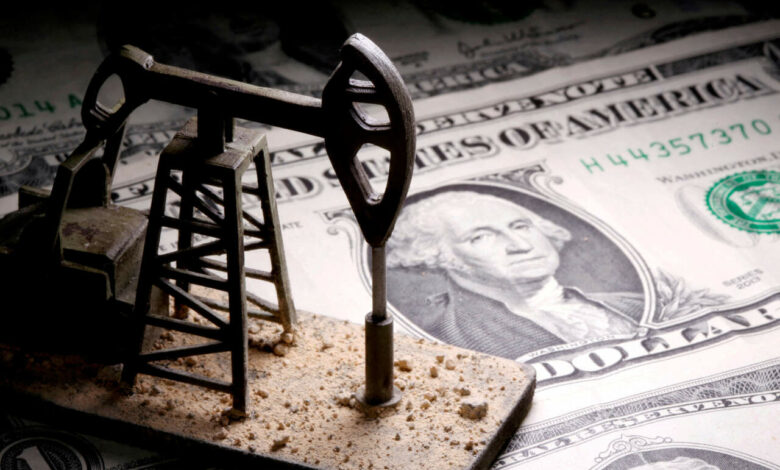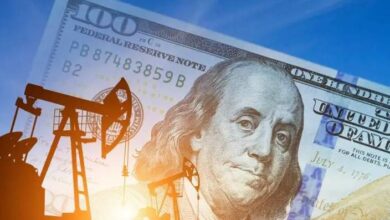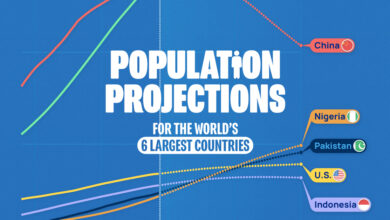Saudi Arabia Ending Petrodollar Spells Trouble For US

On January 17, the Saudi minister of finance, Mohammed Al-Jadaan, announced that the Saudi state is open to selling oil in currencies other than the dollar. “There are no issues with discussing how we settle our trade arrangements, whether it is in the US dollar, whether it is the euro, whether it is the Saudi riyal,” Al-Jadaan said.
If the Saudi regime does indeed embrace substantial trade in currencies other than the dollar as part of its oil-export business, this would signal a shift away from the dollar as the dominant currency in global oil payments. Or measured another way, this would signal the end of the so-called petrodollar.
But how large of a shift is this? With the increasingly frequent Saudi comments about trading in nondollar currencies, we’ve also seen an increasing number of pundits announcing the “collapse” of the dollar or the imminent implosion of the dollar’s currently outsized global power.
Will a shift away from the dollar in the global oil trade really lead to a big relative decline in the dollar? Probably and eventually. But a number of other dominoes would need to fall first, most especially the domino we call “Eurodollars.”
On the other hand, it would be foolish to simply dismiss the potential end of the Saudi preference for the dollar with hand-waving. The end of the petrodollar would indeed weaken the dollar, even if this would not be a mortal blow in itself. Moreover, it is especially foolhardy to ignore the status of the petrodollar because that status also has geopolitical implications. Saudi comments on the dollar signal that the Saudis no longer consider its alliance with the United States to be as important as it has been since the 1970s. What’s not an immediate economic problem for the US regime or the dollar may nonetheless be an immediate geopolitical problem.
In context, probably the best way to look at the potential end of the petrodollar is to see it as one piece of the dollar-based portion of the global economy. Since the 1950s, the dollar has experienced an immense amount of support in terms of global trade and investment and in terms of dollar reserves held by foreigners. This has greatly propped up demand for US debt and for dollars, and this has had enormous disinflationary effects in the domestic US economy. That is, newly created dollars are soaked up by foreigners who both want and need dollars to pay off dollar-denominated debt and to pad bank reserves. But if global dollar dominance truly is in decline, we could potentially expect both higher domestic price inflation and higher interest rates than what Americans have become accustomed to over the past thirty years. In other words, as the dollar declines, the US regime will no longer be able to monetize debt and heap up immense new deficits without fear of high price inflation or falling Treasury prices. The end of the petrodollar is not a reason to panic right now, but it is the latest sign that the US regime’s power via the dollar is being reined in.




